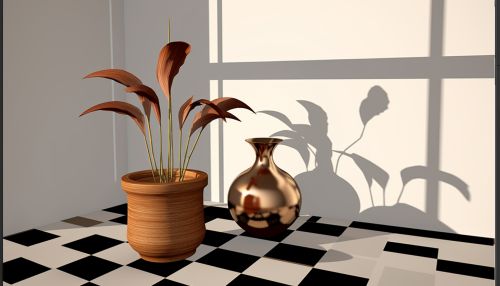Purdue Spatial Visualization Test
Introduction
The Purdue Spatial Visualization Test (PSVT) is a psychometric assessment tool designed to measure an individual's spatial visualization ability. Spatial visualization is a cognitive skill that involves the mental manipulation of two-dimensional and three-dimensional objects. It is considered a critical skill in fields such as engineering, architecture, and the physical sciences.
History
The PSVT was developed by researchers at Purdue University in the 1970s. It was initially designed to assess the spatial visualization skills of engineering students, as these skills are essential for understanding and interpreting technical drawings, blueprints, and other graphical representations common in engineering and related fields.
Test Format
The PSVT consists of 30 multiple-choice questions, each presenting a two-dimensional representation of a three-dimensional object. Test-takers are asked to mentally manipulate these objects, either by rotating them, mirroring them, or performing other spatial transformations, and then select the correct resultant shape from a set of options.


Scoring
Each correct answer on the PSVT is awarded one point, for a maximum possible score of 30. There is no penalty for incorrect answers. The test is typically timed, with test-takers given 20 minutes to complete all 30 questions. Scores are often converted into percentiles for comparison purposes.
Validity and Reliability
The PSVT has been shown to have high validity and reliability, making it a trusted tool for assessing spatial visualization ability. It has been used in numerous research studies and is often used in educational and occupational settings to identify individuals with strong spatial visualization skills.
Applications
While the PSVT was initially developed for use in engineering education, it has since been applied in a variety of other fields. These include architecture, industrial design, and the physical sciences, among others. In these fields, strong spatial visualization skills are often critical for success.
Criticisms
Despite its widespread use, the PSVT has been subject to some criticism. Some researchers argue that the test is too dependent on prior knowledge and experience with technical drawings and other graphical representations. Others suggest that the test's time limit may disadvantage certain test-takers, particularly those who may require more time to process spatial information.
